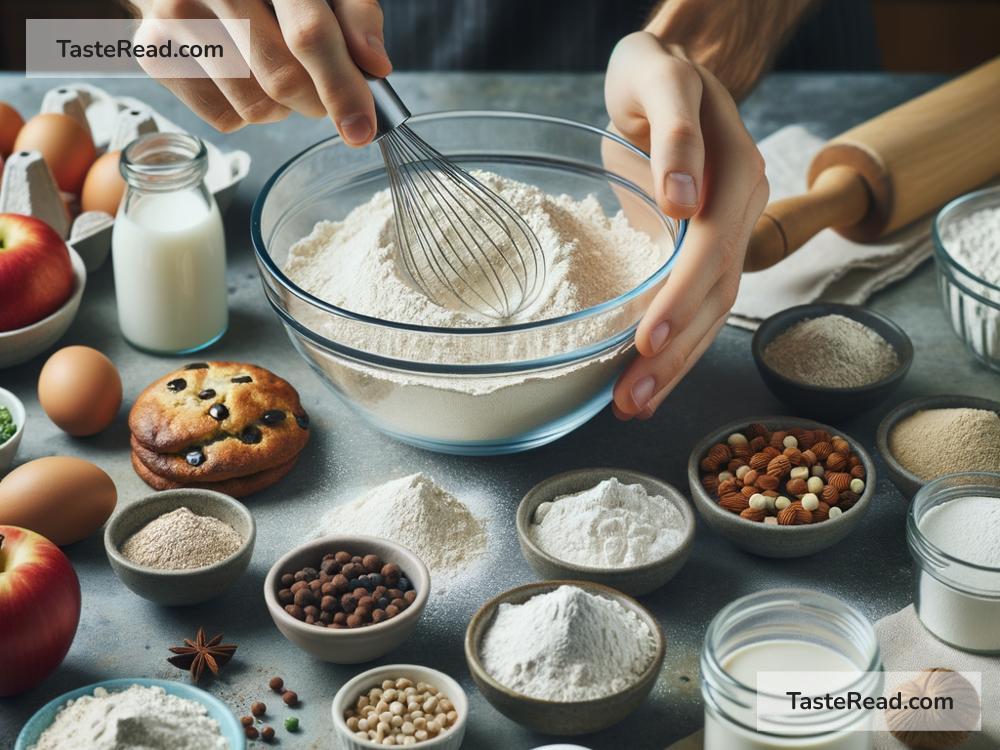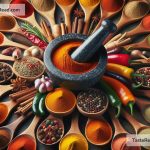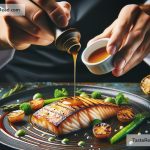Experimenting with Gluten-Free Baking: My Lessons and Successes
The world of baking is like a never-ending adventure. There’s always a new recipe to try or a technique to master. But what happens when you decide to dive into gluten-free baking? That’s where my adventure began, in a quest to bake delicious treats without using traditional wheat flour.
Why Gluten-Free?
For many, including myself, switching to gluten-free baking isn’t just a dietary choice—it’s a necessity. Gluten, a combination of proteins found in wheat, barley, and rye, can cause health issues for people with celiac disease or gluten sensitivity. But realizing I could no longer indulge in my usual baking favorites was daunting—until I decided to see it not as a limitation but as an exciting challenge.
Getting Started: The Ingredient Swap
My first lesson in gluten-free baking was understanding the alternatives to traditional flour. Almond flour, coconut flour, rice flour, and a mix of other gluten-free flours became my new companions. Each has its unique properties and learning how to use them was my first hurdle.
Almond flour, rich and slightly sweet, was great for cookies and cakes. Coconut flour, highly absorbent, needed more liquid in recipes. And then there were the gluten-free all-purpose flour blends, a mix designed to simplify the baking process, although they didn’t always behave the same as wheat flour.
Texture Troubles
My early attempts were… let’s just say, a learning curve. I discovered gluten’s role in giving baked goods their structure and chewiness the hard way. My first gluten-free bread was so hard, you could knock on it! And cakes? They crumbled if you just looked at them wrong.
This led me to explore xanthan gum and guar gum, natural thickeners that help replicate gluten’s binding qualities. A pinch of xanthan gum made my breads and cakes hold together much better, though it took a few tries to get the amount just right—too much, and you’re chewing on a gummy mess.
Moisture Magic
Another lesson came in the art of moisture control. Gluten-free baked goods can dry out faster than their wheat-based counterparts. My secret weapons against dry, crumbly desserts? Applesauce, bananas, and yogurt! Adding these ingredients to cakes and muffins helped keep them moist and delicious. Plus, they added a lovely flavor.
Temperature Tweaking
Temperature plays a crucial role in baking, and I learned that gluten-free recipes often require lower baking temperatures. It seemed counterintuitive at first, but baking at a slightly lower temperature for a longer time helped. It allowed my bread and cakes to rise without the outside burning before the inside was done.
Successes to Celebrate
Now, let’s talk about the victories! My first true success was a batch of almond flour chocolate chip cookies. They were so good, chewy on the inside with just the right amount of crisp on the edges, that my family couldn’t believe they were gluten-free. That was a moment of pride.
Another triumph was mastering gluten-free banana bread. With a mix of rice flour and almond flour, mashed bananas for moisture, and a touch of cinnamon for warmth, it became a breakfast favorite. The texture was tender, moist, and wholly satisfying—the perfect companion to my morning coffee.
Sharing the Joy
One of the most rewarding parts of this journey has been sharing my gluten-free creations. Baking is a form of love and sharing that love, even with dietary restrictions, felt wonderful. Friends and family, both gluten-tolerant and not, have been delighted by the treats. It showed me that with a bit of creativity and persistence, I could still enjoy the magic of baking.
Wrapping It Up
Experimenting with gluten-free baking has been an adventure of its own. It’s had its highs and lows, but each failure was a lesson learned and every success, a moment of joy. I’ve discovered that gluten-free baking isn’t about limitations, but about exploring new flavors and textures. It’s about adaptation, experimentation, and ultimately, celebration. Whether you’re new to gluten-free baking or looking for new ideas, remember that patience and creativity are your best tools. Happy baking!


